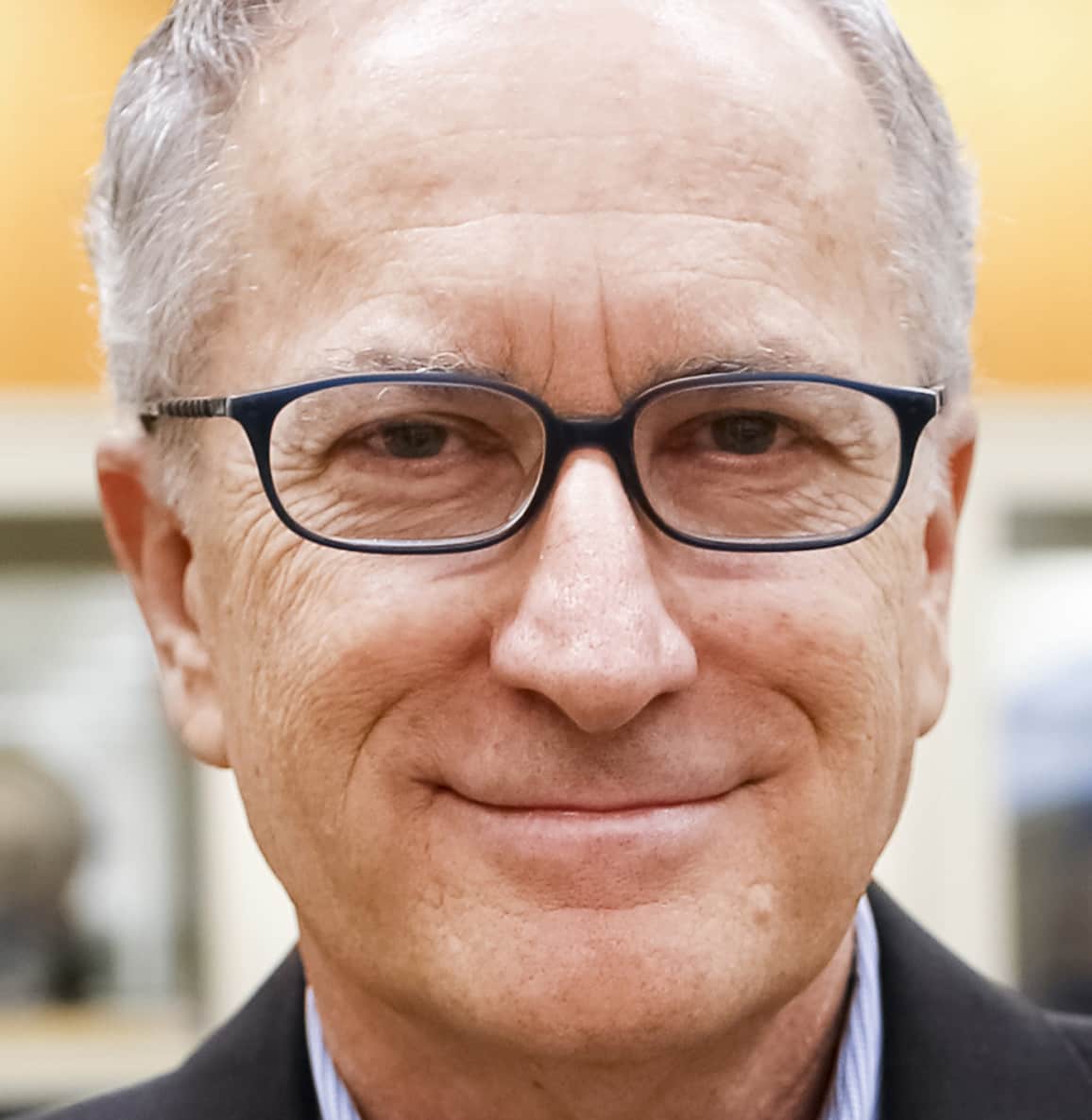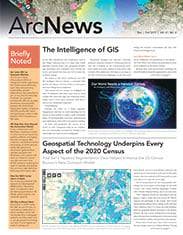Contemplating my recent decision to retire as the longest-serving executive director of the American Association of Geographers (AAG), I am struck by how privileged I have been during my career to have worked closely with a dynamic international community of thousands of talented and creative geographers, scientists, humanists, and passionate GIS specialists from all walks of life.
Supportive communities and successful organizations—whether in the public, private, or academic sectors—are fragile. They don’t carry on and grow by accident. They require constant nurturing, wise and knowledgeable leadership, hard work, and some modesty—but most of all, goodwill. The thriving GIS community, or ecosystem, that has developed over the past 40 years is a unique asset and a special “home” for all of us, not to be taken for granted.
Countless people have contributed to this community; but over the decades, both in business and friendship, Jack and Laura Dangermond have quietly and consistently been at the forefront of developing an inclusive, open, and innovative GIS and geography community. Their influence has been so effective because they lead by example, hard work, and collaboration—not just talk—and have helped build, guide, and sustain a worldwide GIS community.

I first met Jack and Laura in 1980 when we were each trying to grow new companies with exciting new ideas. My private sector company, GeoResearch, Inc., which developed and patented the first real-time, space-time-integrated GPS/GIS mapping technology, was one of Esri’s first business partners. Both our organizations benefited from each other’s continual innovations.
During my years as executive director at the AAG, Jack served as a sounding board for me as I greatly expanded the AAG on many fronts, from membership to research programs to inclusiveness, all while building a strong financial foundation for the association. While I tried to not ask too much of Jack (because so many others do), I always knew that I could count on him when the stakes were high and the issues were important to the geography and GIS community. Jack and Laura have my deep respect and admiration, and I thank them for all they have done—particularly for helping to bring geography and GIS more closely together.
This column will be my final one in the long-running Crossing Borders series in ArcNews. I have contributed a column to the magazine since 2003 and have never missed an issue. I would like to thank Esri for giving me the opportunity to engage both the geography and the GIS communities, which are inextricably intertwined, in common conversations and collaborations through these columns. I also would like to thank my Crossing Borders editors, Citabria Stevens and Tom Miller, for their insight and patience. (While I have never missed an issue, I cannot say the same for interim deadlines.) This Crossing Borders series also forms something of an informal chronicle of some of the key ideas and issues in geography and GIS over the past couple of decades. To view the full Crossing Borders column series, visit its permanent home.
While I look back with satisfaction on what I have accomplished in geography and GIScience, I also plan to have a long and active post-AAG retirement career, with more time for my family and staying in touch with all the friends I have made around the world over the years. I will continue writing, editing, and publishing journal articles and books and will stay on as editor in chief of the 15-volume International Encyclopedia of Geography: People, the Earth, Environment, and Technology. I also already have a surfeit of requests to give international presentations and lectures that will keep me as busy as I want to be with travel.
Finally, as a capstone to my long and productive career in geography and GIScience, I have accepted a position as distinguished researcher at the Center for Geographic Analysis at Harvard University. I look forward to continuing to interact with you and our vibrant GIS community, and I invite ideas and collaborations on important research needs for our geography and GIS community in the future.
Please keep in touch. My new contact information is below.


